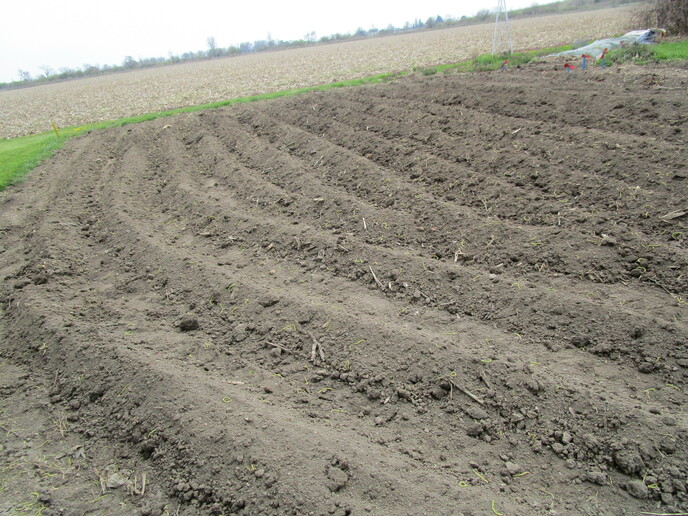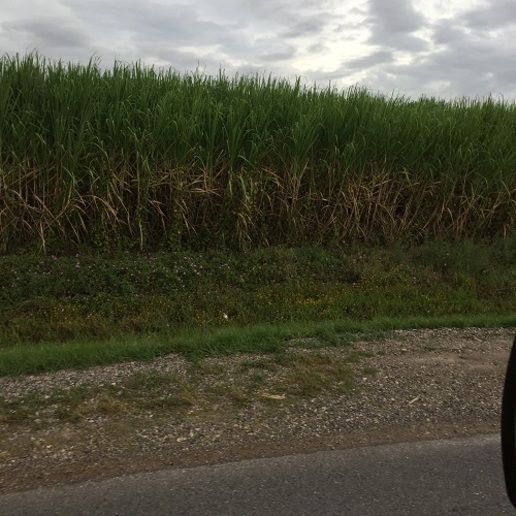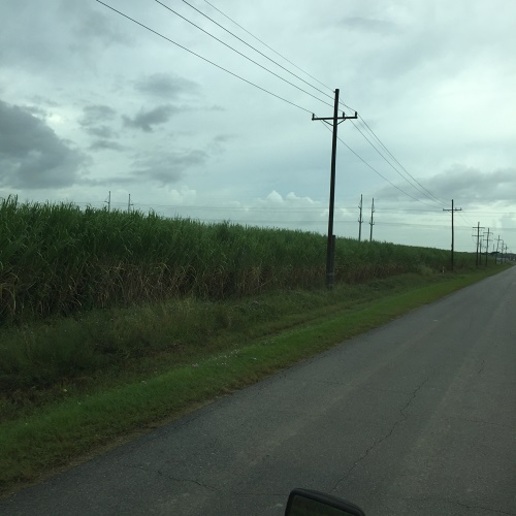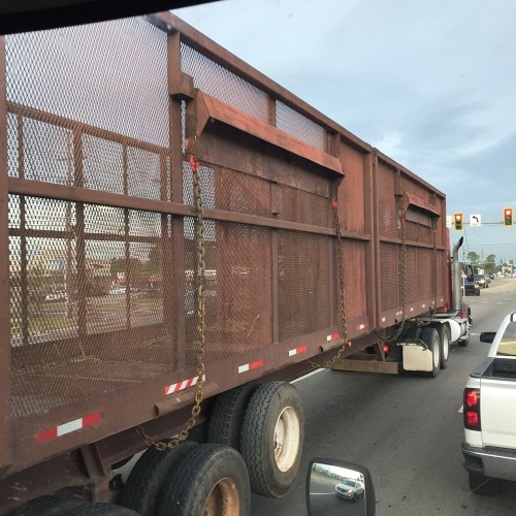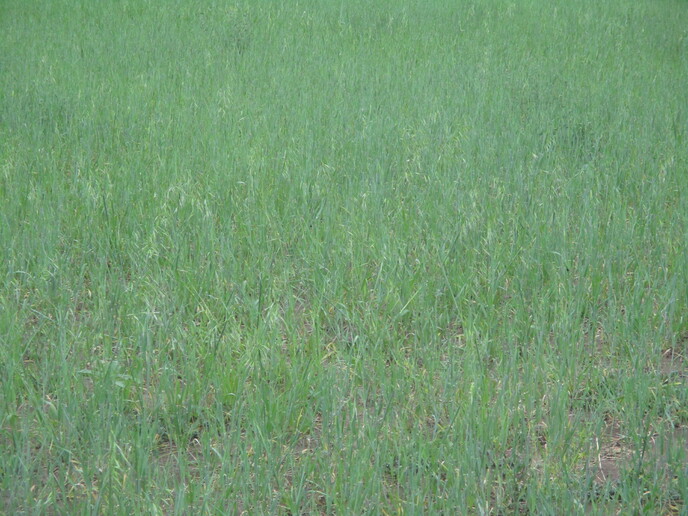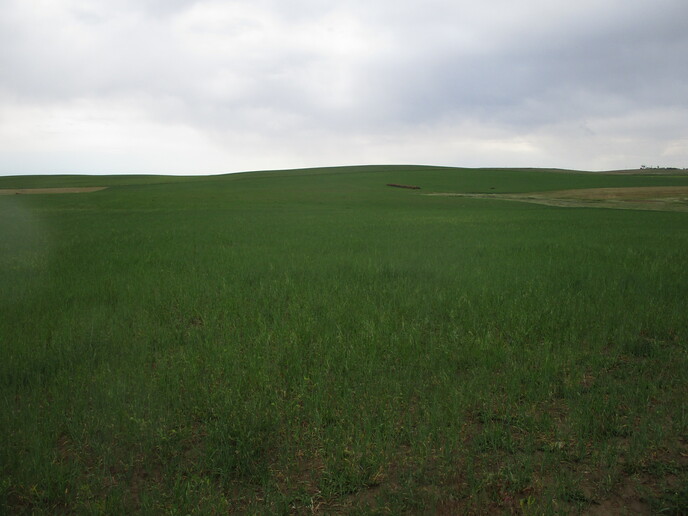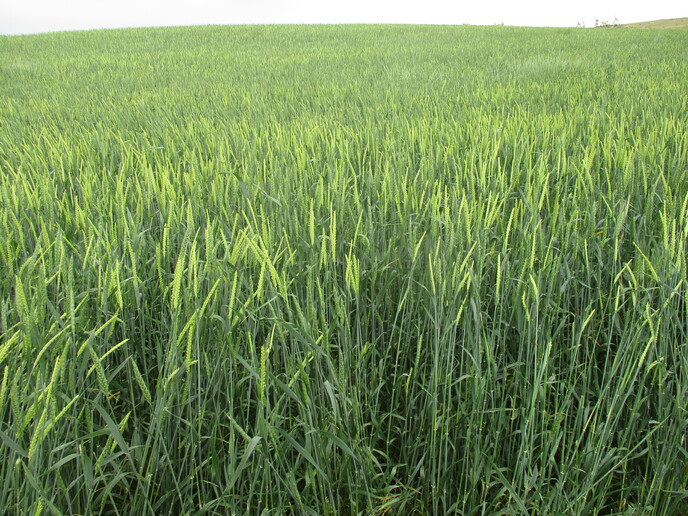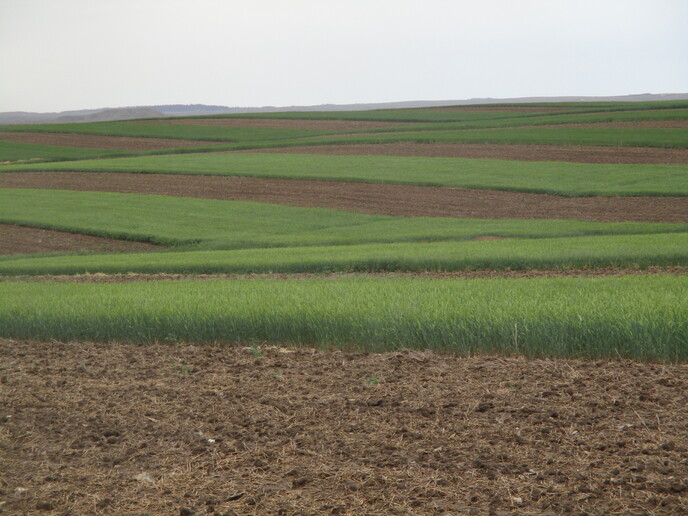john in la
Well-known Member
Case Nutty brought up a interesting topic a few days ago.
Summer fallow land.
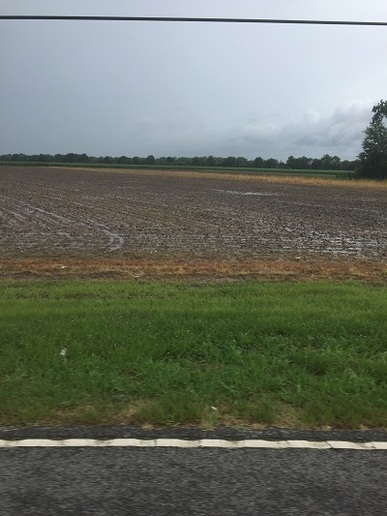
I did not think any of you guys up north used summer fallow anymore.
In fact I think you guys even plant the headlands with plant fence post to fence post trying to cram as many plants as you can on a acre. I have even seen guys in the Dakota's cutting hay in the interstate neutral ground. (That's median for you guys not familiar with our words)
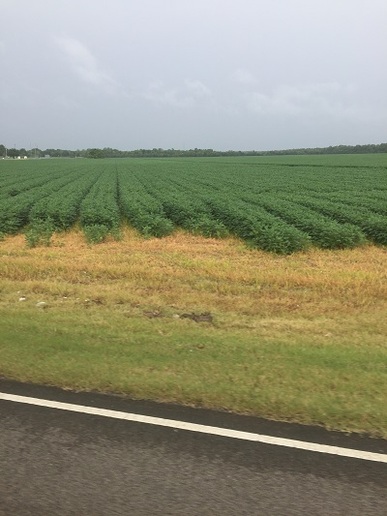
As you can see we do not plant the headlands and finding summer fallow land is easy with the planting and harvest schedule of sugar cane. We also plant everything on hilled rows. Those beans are 3 rows on 1 hill because that is a field in rotation with sugar cane and that is row width of cane. Allows them to use the same hiller on both crops.
Just noticing some of the differences in the corn belt and us down south.
Feel free to enlighten me on how things have changed for you over the years.
No summer fallow
No alfalfa in the rotation; just corn and beans corn and beans.
Planting headlands
No till with no raised rows.
No cattle on row crop farms anymore.
Is this because of better science today finding the old ways were just not correct.
I sure hope it is not chasing a buck today and let someone else deal with the depleted land when I am gone.
Summer fallow land.

I did not think any of you guys up north used summer fallow anymore.
In fact I think you guys even plant the headlands with plant fence post to fence post trying to cram as many plants as you can on a acre. I have even seen guys in the Dakota's cutting hay in the interstate neutral ground. (That's median for you guys not familiar with our words)

As you can see we do not plant the headlands and finding summer fallow land is easy with the planting and harvest schedule of sugar cane. We also plant everything on hilled rows. Those beans are 3 rows on 1 hill because that is a field in rotation with sugar cane and that is row width of cane. Allows them to use the same hiller on both crops.
Just noticing some of the differences in the corn belt and us down south.
Feel free to enlighten me on how things have changed for you over the years.
No summer fallow
No alfalfa in the rotation; just corn and beans corn and beans.
Planting headlands
No till with no raised rows.
No cattle on row crop farms anymore.
Is this because of better science today finding the old ways were just not correct.
I sure hope it is not chasing a buck today and let someone else deal with the depleted land when I am gone.


